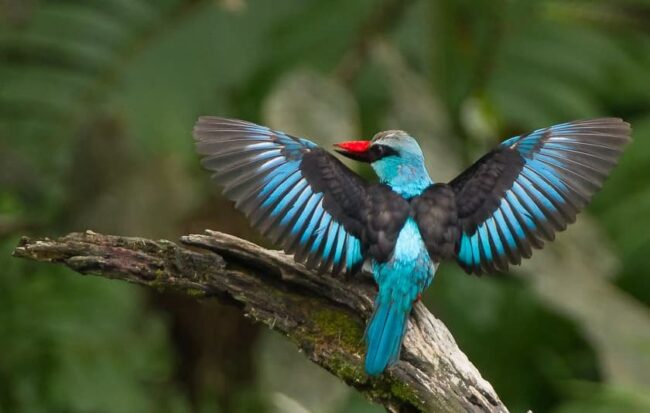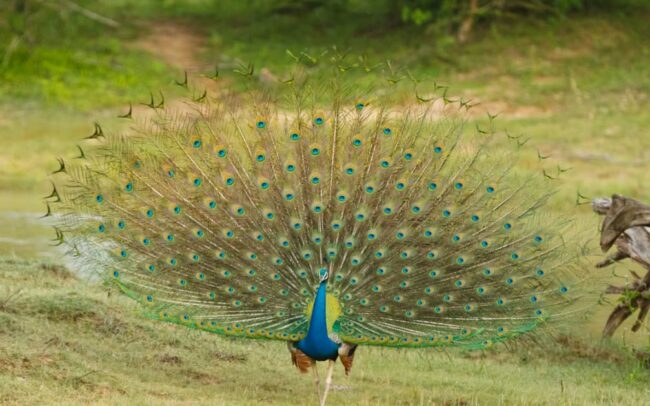Welcome to our blog post dedicated to the Nicobar Pigeon (Caloenas nicobarica), a truly remarkable and visually striking bird found in the tropical paradise of the Nicobar Islands. Join us as we explore the unique characteristics, habitat, behavior, and conservation status of this magnificent avian species.
Field Identification
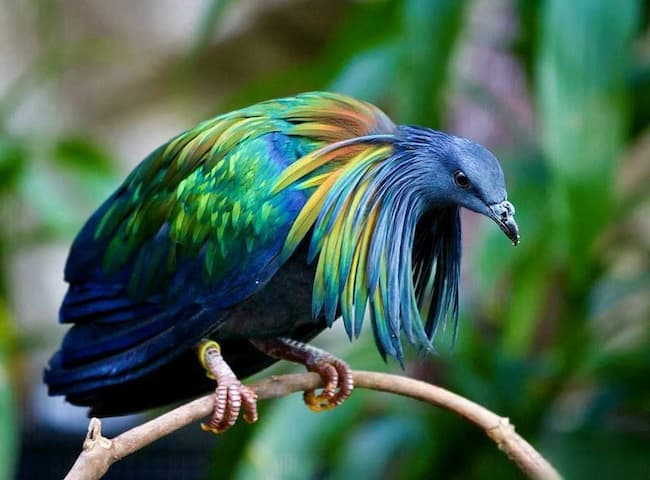
The Nicobar Pigeon is a large and distinctively beautiful pigeon species. It features a stunning combination of metallic green, iridescent feathers on its neck and breast, transitioning to a shimmering bronze color on its back and wings. Its head is adorned with a white crown, while its eyes display vibrant red coloration. This pigeon’s long, elegant tail is marked with a gradient of white and dark green feathers.
Distribution and Habitat
The Nicobar Pigeon is endemic to the Nicobar Islands in the eastern Indian Ocean. This archipelago is known for its lush tropical forests and pristine beaches. Within this region, the Nicobar Pigeon inhabits various types of forested habitats, including primary and secondary forests, mangroves, and coastal areas.
Behavior and Diet
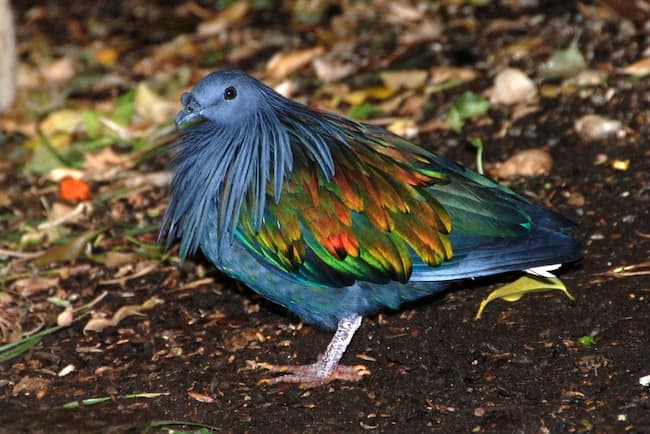
These pigeons are primarily arboreal and spend much of their time perched in the treetops. They are skilled fliers and adept at navigating through the dense foliage. Nicobar Pigeons primarily feed on fruits, nuts, and seeds found in the forest canopy. They play a crucial role in seed dispersal, contributing to the regeneration and diversity of their habitat.
Breeding and Reproduction
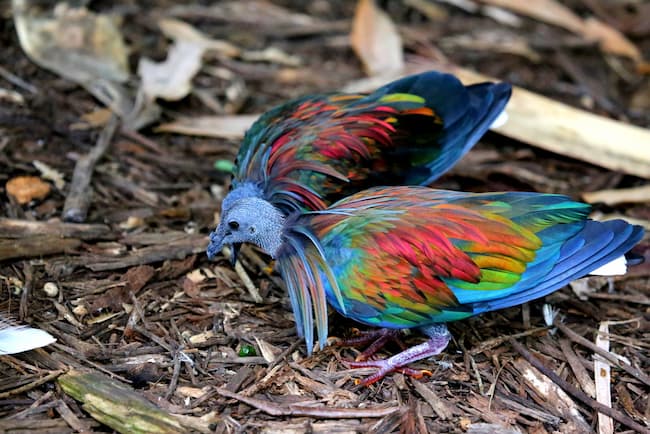
Nicobar Pigeons form monogamous pairs during the breeding season. They build relatively simple nests made of twigs and leaves, usually placed on tree branches or within dense vegetation. The female typically lays a single white egg, and both parents take turns incubating it. The chicks hatch after a few weeks and are cared for by both parents until they are ready to fledge.
Conservation Status
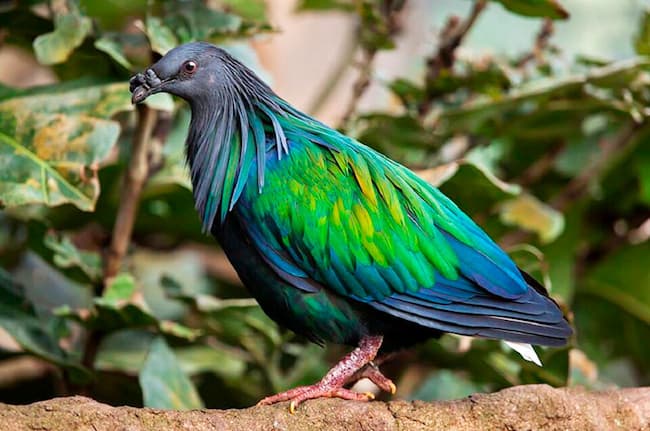
The Nicobar Pigeon is currently listed as “Near Threatened” on the IUCN Red List. The species faces various threats, including habitat loss due to deforestation, hunting, and the illegal pet trade. Conservation efforts are crucial to protect their unique habitat and raise awareness about the importance of preserving the biodiversity of the Nicobar Islands.
Frequently Asked Questions (FAQ)
Q1: Why are Nicobar Pigeons called “the birds of paradise”?
A1: Nicobar Pigeons are often referred to as “the birds of paradise” due to their stunning and colorful plumage. Their iridescent feathers and graceful appearance make them resemble the renowned birds of paradise found in the tropical rainforests of Papua New Guinea.
Q2: Are Nicobar Pigeons kept as pets?
A2: It is essential to remember that Nicobar Pigeons are wild birds and should not be kept as pets. They are best appreciated and protected in their natural habitat.
Q3: How can I contribute to the conservation of Nicobar Pigeons?
A3: Supporting local conservation organizations, promoting sustainable tourism practices, and spreading awareness about the importance of protecting the Nicobar Islands’ biodiversity are meaningful ways to contribute to the conservation of Nicobar Pigeons.
Q4: Can Nicobar Pigeons be found outside the Nicobar Islands?
A4: Nicobar Pigeons are endemic to the Nicobar Islands and are not found naturally outside this region.
The Nicobar Pigeon stands out as a symbol of natural beauty and the fragile ecosystems of the Nicobar Islands. Let us appreciate and protect this magnificent species by conserving their habitats and raising awareness about the importance of biodiversity conservation. Together, we can ensure the continued existence of the Nicobar Pigeon for generations to come.
